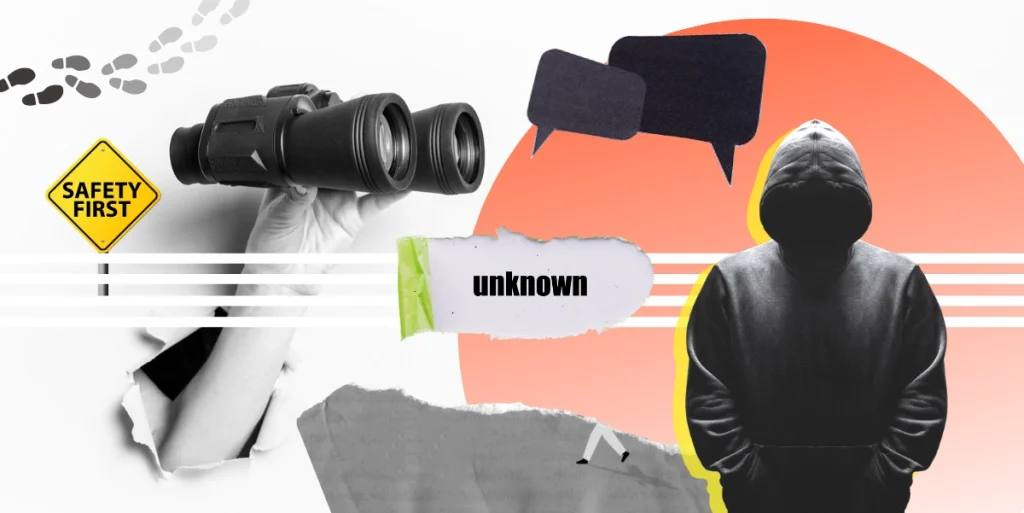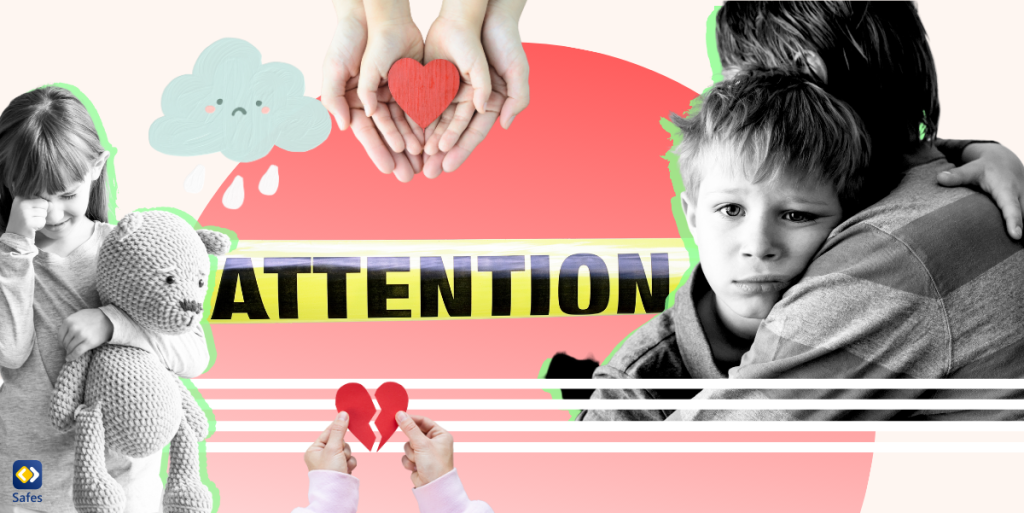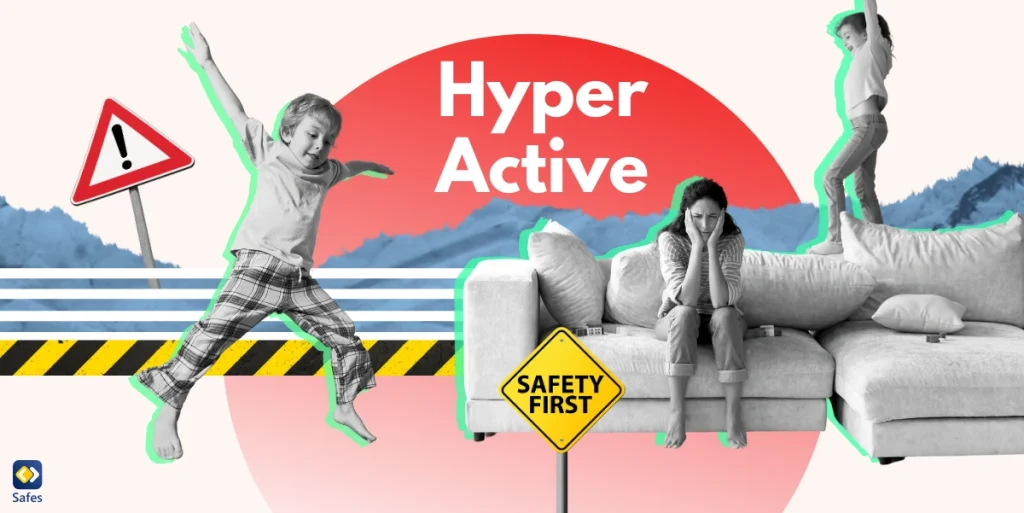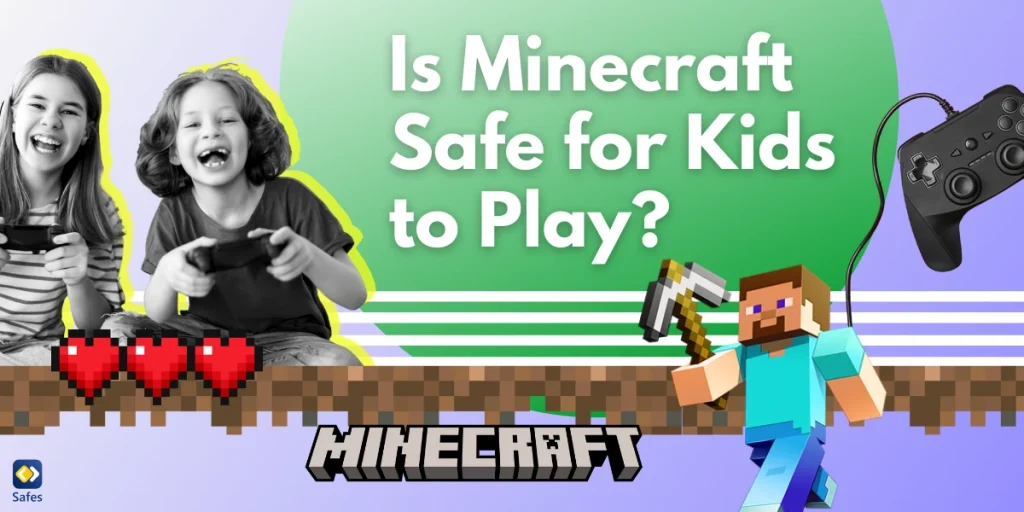Stalking has grown beyond physical boundaries, extending into the internet and social media realms. The anonymity that the internet gives harassers has led to a rise in cyberstalking cases, especially among teenagers and young adults. In this guide, we’ll provide you with strategies on how to deal with a stalker to help you ensure your child’s safety in both the physical world and online.
Understanding Stalking
Stalking is a pattern of behavior that induces fear, anxiety, or distress in the targeted person. According to the United States Justice Department, stalking is a crime when someone’s actions cause a reasonable person to fear for their safety or suffer emotional distress.
Stalking typically involves repeated unwanted contact, following, sending unwanted items, or threats. Stalking can also take the form of cyberstalking (stalking using online platforms), digital dating abuse, and cyberbullying.
Recognizing Stalking Behavior
Understanding the signs of stalking is the first step in dealing with a stalker. Here are some common examples of stalking behavior.
- Monitoring the target’s schedule
- Showing up uninvited at the same places or events as the target
- Following the target or lurking near their home
- Watching the target from a distance
- Repeatedly driving by the target’s home or workplace
- Taking photographs of the target without permission
- Repeatedly calling or texting the target
- Sending unwanted emails or photos
- Spreading rumors or false information about the target
- Harassing the target online through social media

How to Deal with a Stalker: Legal Options and Strategies
“What can I do about a stalker?” many parents ask. One of the first strategies to consider is taking legal action. If your child is being stalked, you must notify the police. Here are some steps you can take to protect your child through the legal system:
File an official complaint: Even if immediate action can’t be taken, having a complaint on file is crucial if the stalking continues or escalates.
Request a restraining order or an order of protection: Most governments allow for some form of protection order if stalking has occurred more than twice. This order requires the stalker to stay away from your child, and if violated, it can lead to legal repercussions.
Create a stalking log: Document every instance of stalking, noting the date, time, location, and any witnesses. This information can be helpful for both the police and any legal proceedings.
Preserve evidence of stalking: Save any notes, photos, letters, or emails sent by the stalker. Preserving evidence can help build a legal case against the person stalking your child.
Basic Safety Strategies
Apart from legal measures, there are practical steps you can take to mitigate the risk of stalking and increase your child’s safety:
- Identify safe spots in your community: Teach your child to identify safe places they can visit if they are being followed.
- Practice cell phone safety: Ensure your child always carries a fully charged cell phone to call for help if needed.
- Vary routines: Help your child understand the importance of changing their routines to make it harder for the stalker to predict their whereabouts.
- Promote group outings: Encourage your child to always have company, especially when going out at night.
- Teach online caution: Advise your child to be careful about what they share online, as a stalker can abuse it.
- Develop a safety plan: Create a safety plan with your child that outlines strategies for staying safe and what to do in an emergency.
- Encourage communication: Ask your child to keep you informed about their whereabouts and any unusual occurrences.
- Trust their instincts: Teach your child to trust their gut. If something feels wrong, it likely is.
- Consider a buddy system for transport: Regularly accompanying your child during travel can limit the stalker’s opportunities to interact with or harm your child.
Safety Strategies for School
If your child goes to school with the stalker, it can create a challenging situation. Here are some additional safety strategies for these scenarios:
- Inform school officials: Let them know about the stalking situation. If possible, provide a photo of the stalker.
- Ask for support from the school: If the stalker attends the same school, work with school administrators to create a safety plan.
- Help your child identify escape routes: Teach your child how to exit unsafe situations quickly and safely, whether at school or gym.
- Consider a school change: If the stalker is a classmate, you might want to find a different school for your child.
The Role of Technology in Stalking
The internet has laid the ground for a new type of stalking: Cyberstalking. Stalkers can use social media, email, and other digital platforms to harass their targets. However, you can fend off most of the threats by teaching your child online etiquette rules and using parental control apps.
Introducing Safes Parental Control App
To help you protect your child from online stalkers, the Safes parental control app allows you to monitor your child’s online activities. Monitoring social media is particularly helpful in identifying potential stalking behavior and taking early action.
Safes lets you track your child’s social media activity, internet browsing, and even location. Doing so helps you identify potential threats and take necessary actions to safeguard your child.
Safes offers two plans, free and paid. The paid plan has, of course, more features to protect your child. Give Safes a try by downloading it from our website, Google Play, or AppStore.
The resources below can help you set parental control on major mobile and computer platforms:
- Windows parental controls
- Macbook parental controls
- Parental controls on Android
- iPhone parental controls
Sign up for a free trial today and see how it can enhance your child’s online safety.
Debunking Myths About Stalking
Several myths and misconceptions surround the topic of stalking. Here are some commonly held beliefs debunked:
Letting the stalker down easy is the best approach: This approach often leads to more persistent stalking behavior. It’s better to be clear and direct, telling the stalker to leave and cease all contact.
A Restraining Order guarantees safety: While a restraining order can be a helpful tool, it doesn’t guarantee safety. Some stalkers might violate the order, so it’s essential to continue taking safety precautions.
Absence of threats means there’s no danger: Just because a stalker hasn’t threatened the target doesn’t mean they’re not dangerous. Any behavior indicating an obsession is a red flag.
The Importance of Rapport Between Parents and Children
Opening up to parents in cases of stalking tends to be a tall order for many children _especially if the stalker is an ex-partner. Children fearing their parents’ reactions may find it daunting to discuss the issue with their parents. But keeping having a stalker a secret can have severe consequences for your child. Lacking parents’ support leaves a child wondering what to do about a stalker. Therefore, rapport between you and your child and having frequent open communication can make it a lot easier for your child to open up to you in case they’re being stalked.
When your child comes to you to discuss a case of harassment such as stalking, you should always keep in mind that they are a victim and they’re experiencing extreme stress and fear. So, instead of blaming them, you need to help them how to get over being stalked. You can save criticisms and reprimands for an appropriate time after you’ve dealt with the stalking issue.

Conclusion: How to Deal with a Stalker?
How to deal with being stalked can be daunting and confusing, but you’re not powerless. Understanding the nature of stalking, recognizing its signs, taking legal and practical safety measures, and debunking common myths can significantly improve your ability to protect your child from a stalker. Tools like the Safes parental control app can help you monitor your child’s online activities and take early action if needed.
Your child’s health and safety are paramount. If you suspect your child is being stalked, act quickly, seek help, and take the necessary steps to ensure their safety.




